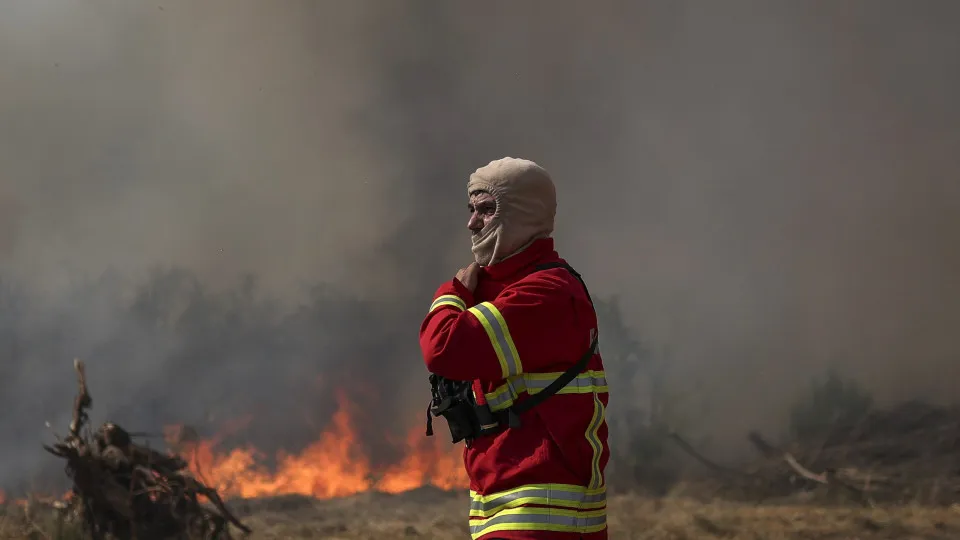
The aim is to secure program contracts this month, with support from the Environmental Fund, for these crucial and immediate projects, stated a representative from the Institute for Nature Conservation and Forestry (ICNF), Nuno Sequeira.
Simultaneously, in this initial phase, applications will be opened within the scope of community funds, under the PEPAC [Common Agricultural Policy Strategic Plan], also targeting emergency stabilization works on another scale.
Nuno Sequeira, from the ICNF’s board of directors and the national manager for rural fire management, noted that the strategy for immediate post-fire action was defined in meetings between various entities.
This resulted from “visits and meetings on what to do now,” involving the ICNF, the Portuguese Environment Agency (APA), and the ministers of Environment and Energy, Maria da Graça Carvalho, and of Agriculture and Sea, José Manuel Fernandes.
Nuno Sequeira mentioned that on Thursday, meetings were held with more ICNF members, the APA’s president and other regional officials, as well as mayors from the affected municipalities.
Next week, meetings will take place with local governments in the Northern region, serving the same purpose of clarifications, addressing doubts, and presenting solutions for environmental recovery.
During the meeting, it was decided that inter-institutional teams (ICNF, APA, and municipalities) are tasked with “identifying specific locations and actions, with these investments already being eligible from the moment the fires occurred.”
In a subsequent phase, there will be the opening of tenders and signing of program contracts more focused on the restoration of the burnt area, not just emergency stabilization but ecosystem restoration.
Nuno Sequeira explained, “These will be multi-annual tasks due to the need to assess how the vegetation responds to determine where it was merely affected and where it is truly necessary to accelerate recovery with replanting or densification.”
As he clarified, “Sometimes vegetation, especially broadleaf species and shrubs with environmental interest, may appear dead but are not, and a spring and summer cycle is necessary to evaluate this.”
This will guide the assessment of whether “this set of actions targets environmental or forest ecosystems.”
Since the end of the fires, inter-institutional and inter-municipal teams from Intermunicipal Communities (CIM) and other organizations, comprising “dozens of technicians,” have been conducting “urgent interventions” and a “survey of necessary work” to undertake.
According to provisional official data, approximately 252,000 hectares have burned in the country up to August 29.




